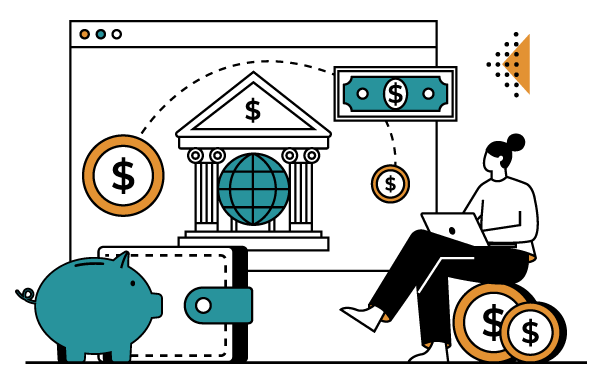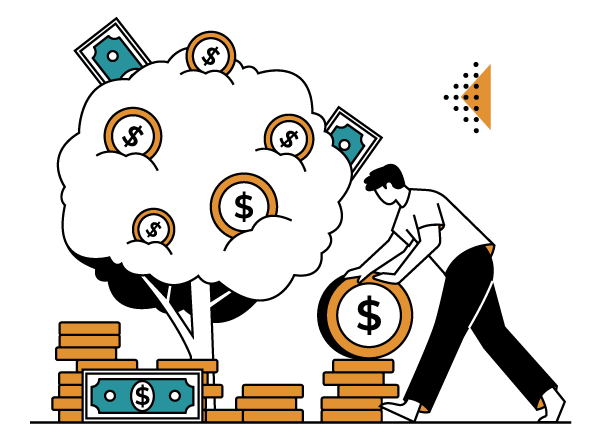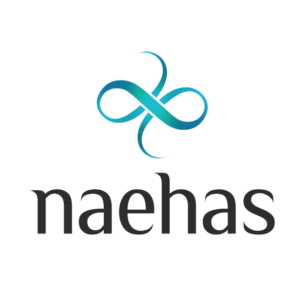After the challenging year bank marketers have had, the fresh air and fresh perspectives that Denver delivered were a welcome relief during this year’s American Bankers Association (ABA) Bank Marketing Conference. Having just returned with our team, including Brent Plow and Chad Go, I was impressed with the range of hot topics, the level of enthusiasm, and the candor exchanged among attendees, presenters, vendors and ABA leadership overall. A hearty round of applause to the many hard-working ABA staffers and event planners who brought energy, education and well-rounded experts to the Sept. 11-13 event.
Change, as always, seems the only constant, especially in banking and business today. That point was made clear by Society for Human Resources (SHRM) President & CEO, Johnny C. Taylor. In his terrific keynote address, “The Great Reset: Survival Tips for Business Leaders,” he discussed the great economic reset and its impact on workplaces and the workforce. He delivered valuable insights and shared lessons learned about culture, talent, empathy and other mission-critical issues affecting business organizations and leaders everywhere.
 His lessons for bank marketing leaders resonated with the audience, which included myself and Chad, who have both seen and heard from our banking customers just how intensely the past couple of years have impacted people and processes. Along with Brent, our team regularly partners with martech teams who are overwhelmed with too many tasks and in many cases are understaffed to meet the important needs of marketing, compliance, customer experiences and rate changes. As a respected leader on the future of employment, culture and leadership, Taylor’s perspective was spot on. His audience, beyond the one at the Conference, is quite impressive, too. He authors a weekly USA Today column, “Ask HR,” and is the bestselling author of “RESET: A Leader’s Guide to Work in an Age of Upheaval.” A licensed lawyer in Florida, Illinois, and Washington, DC, Taylor is also a Fellow of the National Academy of Human Resources.
His lessons for bank marketing leaders resonated with the audience, which included myself and Chad, who have both seen and heard from our banking customers just how intensely the past couple of years have impacted people and processes. Along with Brent, our team regularly partners with martech teams who are overwhelmed with too many tasks and in many cases are understaffed to meet the important needs of marketing, compliance, customer experiences and rate changes. As a respected leader on the future of employment, culture and leadership, Taylor’s perspective was spot on. His audience, beyond the one at the Conference, is quite impressive, too. He authors a weekly USA Today column, “Ask HR,” and is the bestselling author of “RESET: A Leader’s Guide to Work in an Age of Upheaval.” A licensed lawyer in Florida, Illinois, and Washington, DC, Taylor is also a Fellow of the National Academy of Human Resources.
The primary takeaway, as Chad noted succinctly, was that businesses who adapt to the changing needs of both their employees and their customers in the post-COVID era are in the best position to get and stay ahead as everyone resets. As we see it, this spells opportunity for banks and their marketing teams to partner with technology to streamline processes and provide exceptional customer experiences.
Core Tracks Focus on Primary Pain Points
The four tracks under which all of the many sessions at the Conference were presented served attendees well. Data & Analytics; Leadership & Strategy; Ideation & Revenue Generation; CX/Communication & Branding. Through general sessions, “Big Idea” sessions and Break-out sessions, bank marketers and solution partners who service their dynamic needs gathered to collectively elevate the conversation about where banking is today and what good marketing means.
Featured speakers shared valuable insights, from digital currency and crypto to branding. Also on the agenda, “Emotional fluency as the new leadership currency,” from Liz Fosslien and Mollie West Duffy, co-authors of the Wall Street Journal best-selling book, “No Hard Feelings” and the best-selling book “Big Feelings.”
Here are highlights from a few of the keynote sessions:
“Competing Pressures: Designing for Behavior Change” with Matt Wallaert, Founder, BeSci.io, shed light on how the cycle of behavioral strategy, insights, design and impact evaluation can help us build products and services that change behavior.
 “ESG Performance and Reporting: Elevating The Brand” was a fantastic panel discussion, moderated by Joe Pigg, SVP & Senior Counsel, American Bankers Association. Panelists included: Francis Janes, Industry Relations and Partnership Director, Beneficial State Bank; and Samantha Norquist, Chief ESG Officer, Forbright Bank. As Naehas works closely on compliance, disclosures and partnering to help customers leverage our platform in this highly-regulated industry, we know the importance of this issue and its potential for banks and businesses cannot be overstated.
“ESG Performance and Reporting: Elevating The Brand” was a fantastic panel discussion, moderated by Joe Pigg, SVP & Senior Counsel, American Bankers Association. Panelists included: Francis Janes, Industry Relations and Partnership Director, Beneficial State Bank; and Samantha Norquist, Chief ESG Officer, Forbright Bank. As Naehas works closely on compliance, disclosures and partnering to help customers leverage our platform in this highly-regulated industry, we know the importance of this issue and its potential for banks and businesses cannot be overstated.
Environmental, social, and governance (ESG) issues, as well as their associated opportunities, are becoming more relevant for financial institutions, noted the ABA moderator. Corporate social responsibility and environmental, social and governance (ESG) performance are not just ethical concerns, but will soon enough serve as a competitive differentiator. This message has and will continue to grow more important in the coming years, and we applaud the attention it received.
“Drive Up Customer Satisfaction with Digital Experiences,” was presented by Chris Kelley, EVP of Digital Banking at FirstBank. Considering that nearly all of the conversations my team and I had with attendees had something to do with the challenges of the digital-first customer mindset, and how to best streamline processes to boost the customer experience, this was an impactful session. As the speaker noted, customers see little-to-no separation between their digital and traditional banking experience, as they bounce from digital to drive-thru and back. As noted by the Conference promoters, and reinforced by Kelley, excelling in overall customer experience in the digital space requires personalized touchpoints that reflect consistently across all channels. Those attending learned ways to design, plan and execute a digital experience strategy that connects seamlessly with traditional banking experiences for a win-win.
The focus of many of our discussions dove deep into digital experiences, and focused on ways in which platform solutions deliver better processes and support omnichannel marketing in a way that benefits both the bank marketing team, the enterprise product teams and the customer.
My colleague, Chad, shared some interesting observations about the Conference. He noted that a lot of bank marketers attending were representing community and regional institutions. As such, most were laser focused on visualizing and modernizing their process. Updating marketing processes, whether with data marketing culture or making the most of data analytics they have, tapping into solutions that answer their pain points was a crucial marketing must. His takeaway was that many of these banks are slowly but surely stepping into data and automation.
 The message is becoming clearer that automation is a proven process for better bank marketing. In a positive sign that these marketing professionals are poised for success, Chad agreed with Brent and I that they are ready to learn how to best leverage existing technology to support their goals, by maximizing automation for stronger compliance, smart digital asset management, and better overall customer experiences.
The message is becoming clearer that automation is a proven process for better bank marketing. In a positive sign that these marketing professionals are poised for success, Chad agreed with Brent and I that they are ready to learn how to best leverage existing technology to support their goals, by maximizing automation for stronger compliance, smart digital asset management, and better overall customer experiences.
From DX to DAM, CX to CSM, there are many ways to bring tech solutions to bank marketing today, and the ABA Bank Marketing Conference went far to drive that message home in Denver.






